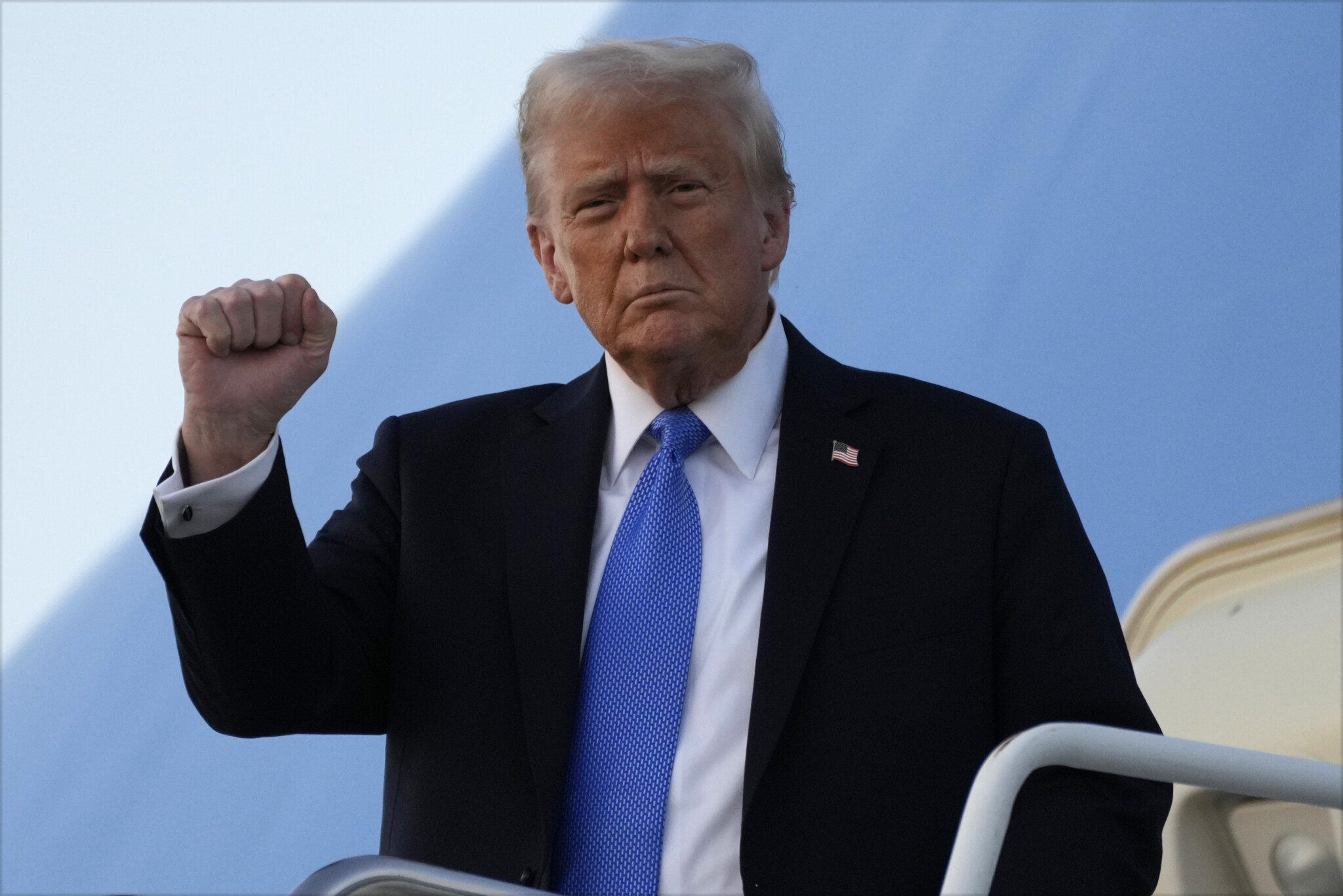‘Tariffs are his chosen weapon’: Tim Sargent on how tariffs on Canadian steel and aluminum will hurt the U.S.
In the latest episode of Trump’s Trade War, publisher of The Hub Rudyard Griffiths speaks with Tim Sargent, senior fellow and the director of the Domestic Policy Program at the Macdonald-Laurier Institute and distinguished fellow at the Centre for International Governance Innovation.
To read Tim’s full analysis, click here.
Key Points:
-
President Trump is considering imposing significant tariffs on aluminum and steel imports, including from Canada, as part of his trade policy strategy.
-
Canada is a major supplier of aluminum to the U.S., providing a significant portion of the 82 percent of foreign aluminum that currently meets American consumer and defence industry needs.
-
The tariffs could lead to higher costs for U.S. manufacturers and consumers, with limited benefits to U.S. employment or domestic production.
In a recent discussion on Trump’s trade policies, Tim Sargent highlighted the potential impact of President Trump’s proposed tariffs on aluminum and steel imports, particularly from Canada. Sargent emphasized that this move aligns with Trump’s historical approach to trade, focusing on sectors where the U.S. has a trade deficit. “This is very much part of the Trump playbook,” Sargent noted, referencing similar tariffs imposed during Trump’s first term.
Canada plays a critical role in America’s metals supply chain, providing a significant portion of the 82 percent of its foreign aluminum. Sargent pointed out that the U.S. lacks significant domestic aluminum production, making Canada an essential partner. “The US imports the vast majority of its aluminum. They don’t have really many domestic sources of supply,” Sargent explained. He also highlighted the strategic importance of aluminum in the defence sector, suggesting that the tariffs could undermine U.S. security interests by increasing costs for the defence industrial base.
The conversation also touched on the broader economic implications of the tariffs. Sargent argued that the tariffs would likely lead to higher prices for U.S. consumers and manufacturers, particularly in the automotive industry. “We’re actually going to see it be more expensive to produce a car in the United States because they’ve made steel more expensive than it would be in Canada,” he said. Despite the potential for increased costs, Sargent doubted that the tariffs would significantly boost U.S. employment or domestic production, given the capital-intensive nature of the aluminum and steel industries.
Sargent suggested that Canada could leverage its position as a key supplier of aluminum to reframe the trade conversation with the U.S., emphasizing the strategic and security benefits of maintaining a strong trade relationship. He also proposed that Canada consider relaxing restrictions on foreign investment in sectors like banking and telecommunications as a negotiating tactic. “If we can go to the Americans and say, hey, look, we have these restrictions… we’re willing to relax those, assuming that you’re going to cut us a deal on a bunch of the other things that we want,” Sargent suggested, framing this as a potential win-win for both countries.
Sargent’s analysis underscores the complexity and potential pitfalls of Trump’s tariff strategy, particularly for Canada-U.S. trade relations. As the deadline for tariff decisions approaches, the economic and strategic implications of these policies remain a critical issue for both nations.
Generative AI assisted in the production of this story. If you are quoting from or referencing this episode, please refer to the audio to verify.






